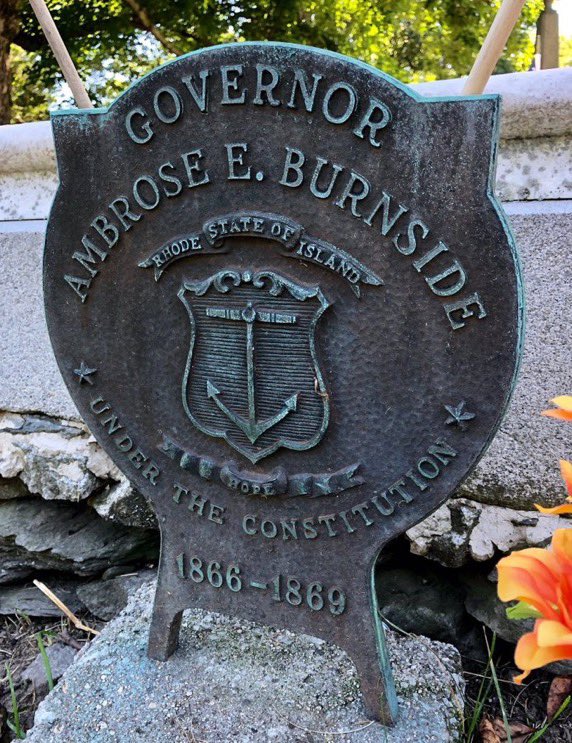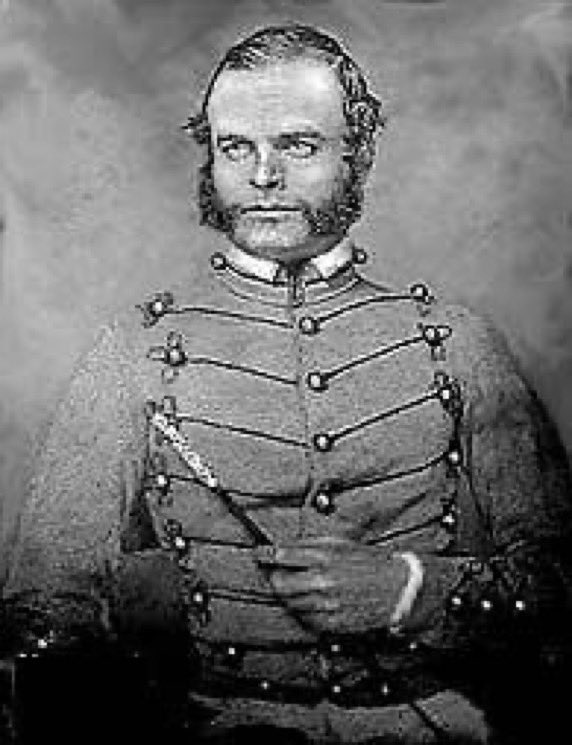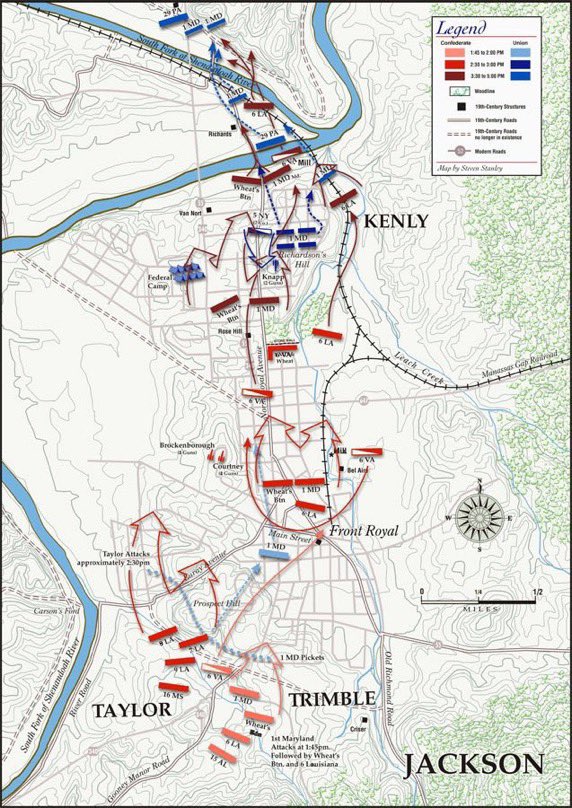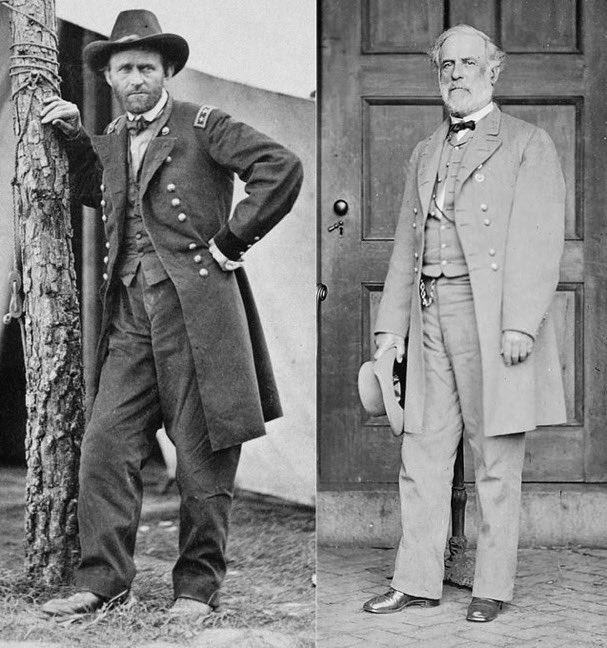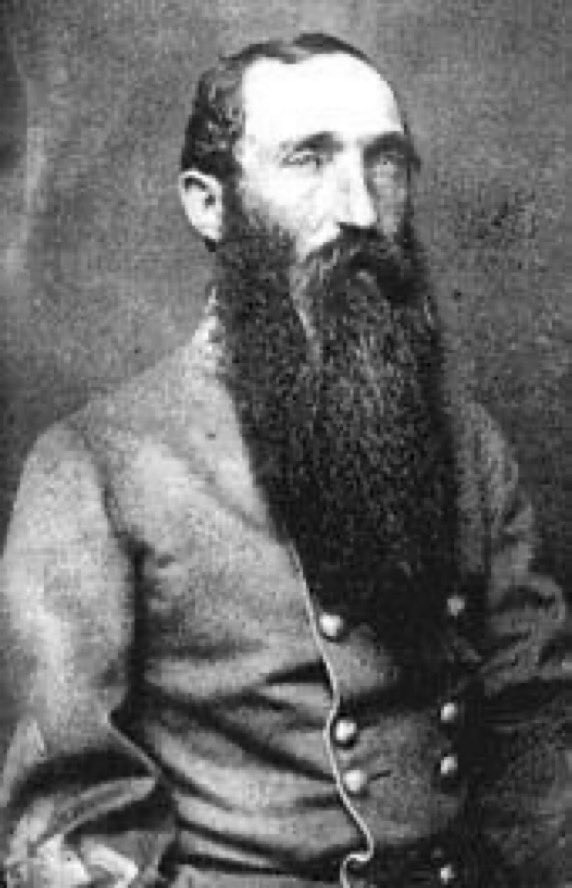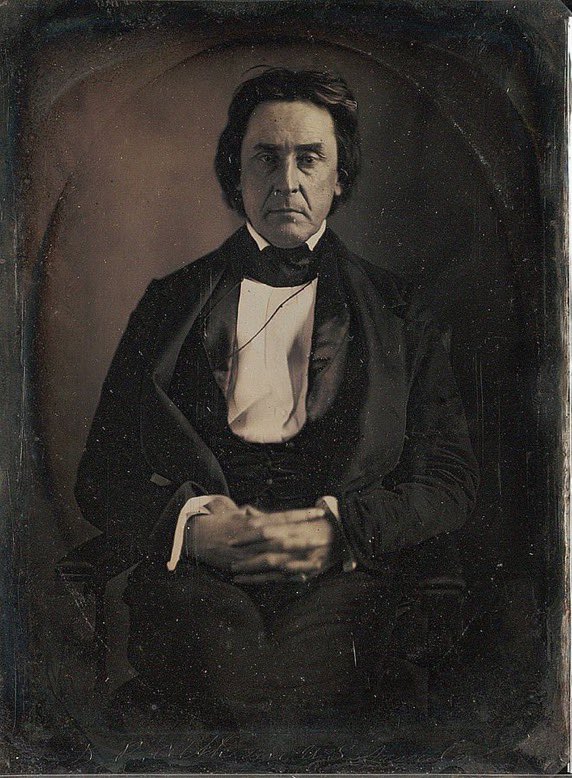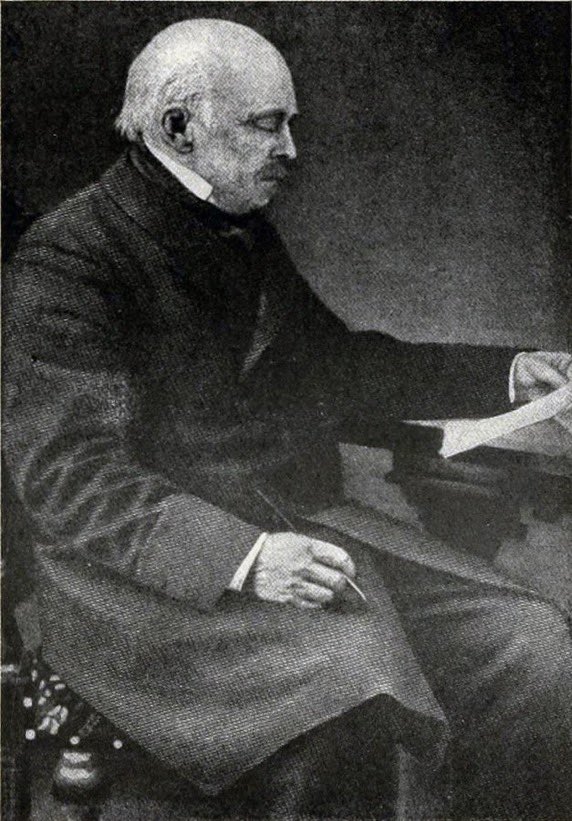The War Department issued General Order No. 143 #OTD in 1863. It created the Bureau of Colored Troops and authorized the organization, recruitment and training of the United States Colored Troops for service in the #CivilWar, replacing the state level units created to that point. 







• • •
Missing some Tweet in this thread? You can try to
force a refresh

 Read on Twitter
Read on Twitter



